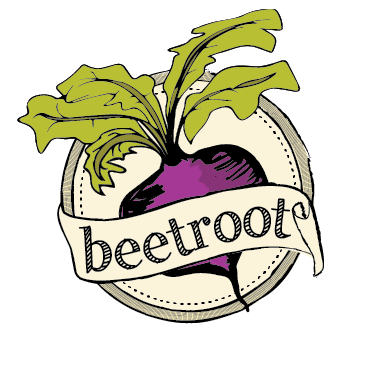Canal Junction Meat and Cheese
Quality is never sacrificed at Canal Junction Natural Meats (C/J's), a grassfed farm outside of Defiance with top-notch meat and cheese products. Their award-winning raw cheese is shipped nationally and their grassfed meat is featured in amazing restaurants in Toledo. But they didn't just start this business five years ago when the slow food movement started getting mainstream attention. They were doing this before it was cool, before people even realized they should care about it. Let me paint the picture...
Ralph Schlatter was out on his own in the 70’s when he bought new equipment and got to work as a fifth generation conventional grain farmer. By 1990, Ralph was feeling financially exhausted with the conventional farming model, so when his brother sent him a magazine called "The Grass Farmer," it piqued Ralph's interest. He saw the appeal of less machinery and thought it just may work, though his brother was doubtful. Ralph agreed that it may not fly, but he charged ahead with a little bit of money, desperation to find sustainability, and a desire to learn.
Ralph didn't say "We have a big problem here: factory meat farms are not creating a quality product. I need to raise grassfed meat." He just had a little hunch and went with it. Each step seemed to reveal another revelation about how things could be done better.
Ralph walked me out in the pasture to see the cows and he said, "See those dung beetles? I am really excited about that!" "So, why is that so exciting?", I asked. He explained delightedly, "Dung beetles have only started to appear in the last few years. They take the dung down into the ground when they burrow and that pushes nutrition in to the ground. And, another thing, in the spring when you step foot out here, you hear all the earthworms retract back into the ground at the same time. It's really something to witness." He's smiled at the idea, despite his being very serious about what this meant for his land. He told me that both of these phenomenons are very positive indications that the land is finally returning to a healthy ecological balance. Personally, I felt relieved when he said this because all the chemicals in our environment and even rainwater make me wonder if there is any hope for a return to healthy land.
"We want to produce something that is closer to the way God intended it. When we have the original version, we probably have the best it's going to be," he explained.
It's not just Ralph on the family farm. His wife, Sheila, is right next to him, getting her boots dirty and filling in where needed. His son, Kyle, and daughter, Renae, have also put in many years on the farm and plan to take the baton when the time comes to pass it.
“We want to produce something that is closer to the way God intended it. When we have the original version, we probably have the best it’s going to be.”
(Left to right): Renae, Sheila, Ralph, and Kyle
Farm Stats
400+ acres
5th and 6th generation farmers
Over 4,000 animals
Over 20,000 lbs of raw cheese produced annually
About 35 dozen eggs sold daily
Sheila, in the cheese aging room
Sheila recalls how their first ten years of operation required explanations as to why customers should buy their product. Then the tables turned, and over the last ten years customers come in educated and ready with questions about the farm --"Is your beef grass finished or grain finished? Does your feed have GMO's?" My, how the times have changed. People have instant access to thousands of resources in the slow food movement and I couldn't be happier.
*see top questions people ask in interview below
Their Raw Cheese Pleases Palates
When I asked them what the most unique part of the farm was, they told me about their award-winning raw cheese. Considering 97% of people have an extreme weakness for cheese and I know people in the Defiance area would love to know a local farm that makes raw artisan cheeses, I was intrigued. They were cool before they knew they were doing cool things -- cheese hipsters, it seems.
I asked what makes their cheese so good and they credited the farm’s soil quality. Their soil is heavy clay, so it retains a lot of minerals which gets carried from the soil through the grass to the cow, then from the cow through the milk, ultimately to the cheese.
They sell their cheese nationwide through their online store and people are buying. In 2016 alone, 20,000 pounds of cheese will have been produced and sold to eager customers!
Ralph hurrying to pour cheese into wheel molds
Their cheese operation is really something to behold. In a big mixing vat, the milk receives the specific culture that creates the taste they aim for. There's a short window of time when the cheese can be poured into wheels to firm up for aging, creating a fast-paced environment. They rush about like, well, chickens with their heads cut off.
They boast of five unique cheeses - Charloe, Wabash Erie Canal, Flat Rock, Black Swamp Gouda, and mmBossie Cheddar.
Their Charloe cheese is the 2013 American Cheese Society winner, as well as the 2012 & 2014 Good Food Award Winner.
I had to ask, though, what so many people wonder about raw dairy products... Are they safe? Why is there a stigma around raw dairy? Ralph believes the stigma was brought about by the rise of factory farm operations which had deplorable conditions and lots of contamination. The opposite is what you see at C/J's. In over twenty years of operation, they have never had a complaint about an ailment.
All products
Meats: Beef, chicken, lamb, pork, turkey
Other animal products: raw cheese, eggs, and local honey
And store goods - everything from spelt cereal to tortilla chips made with coconut oil to Ohio maple syrup to raw organic almonds
Each year, they have:
3500 meat chickens
500 laying hens - about 35 dozen eggs is what they sell in a day
300 cattle between milking and beef
70-80 pigs
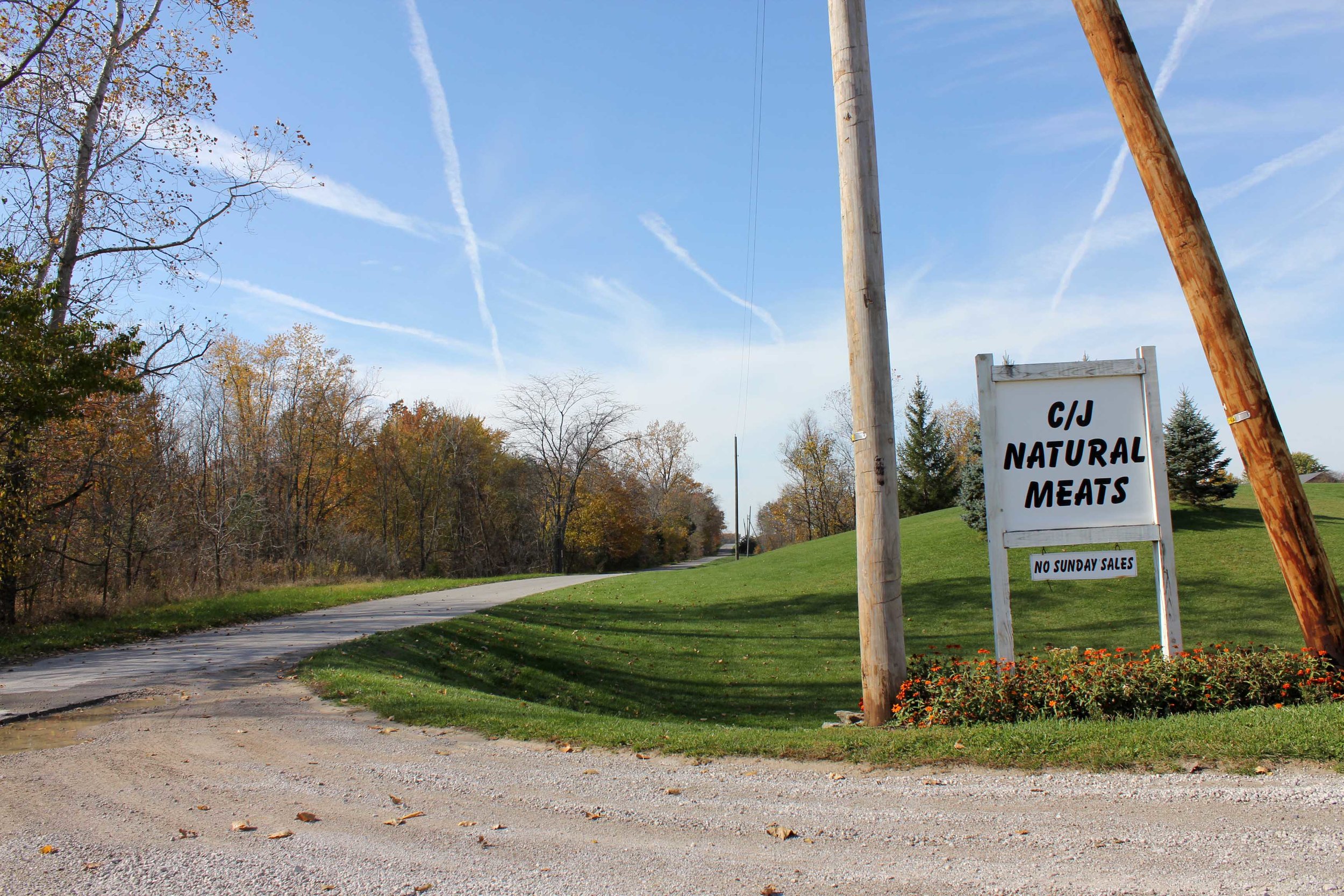
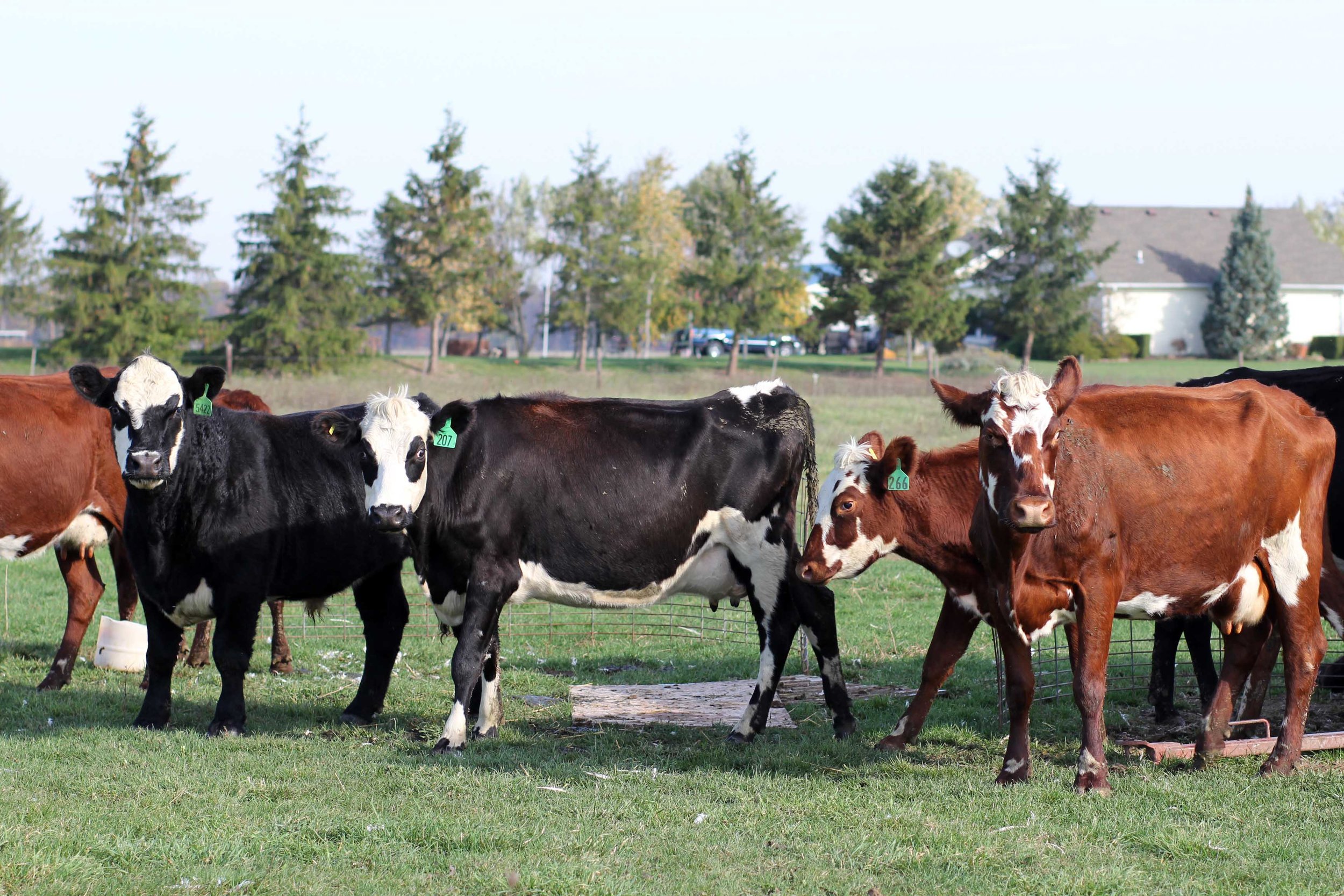
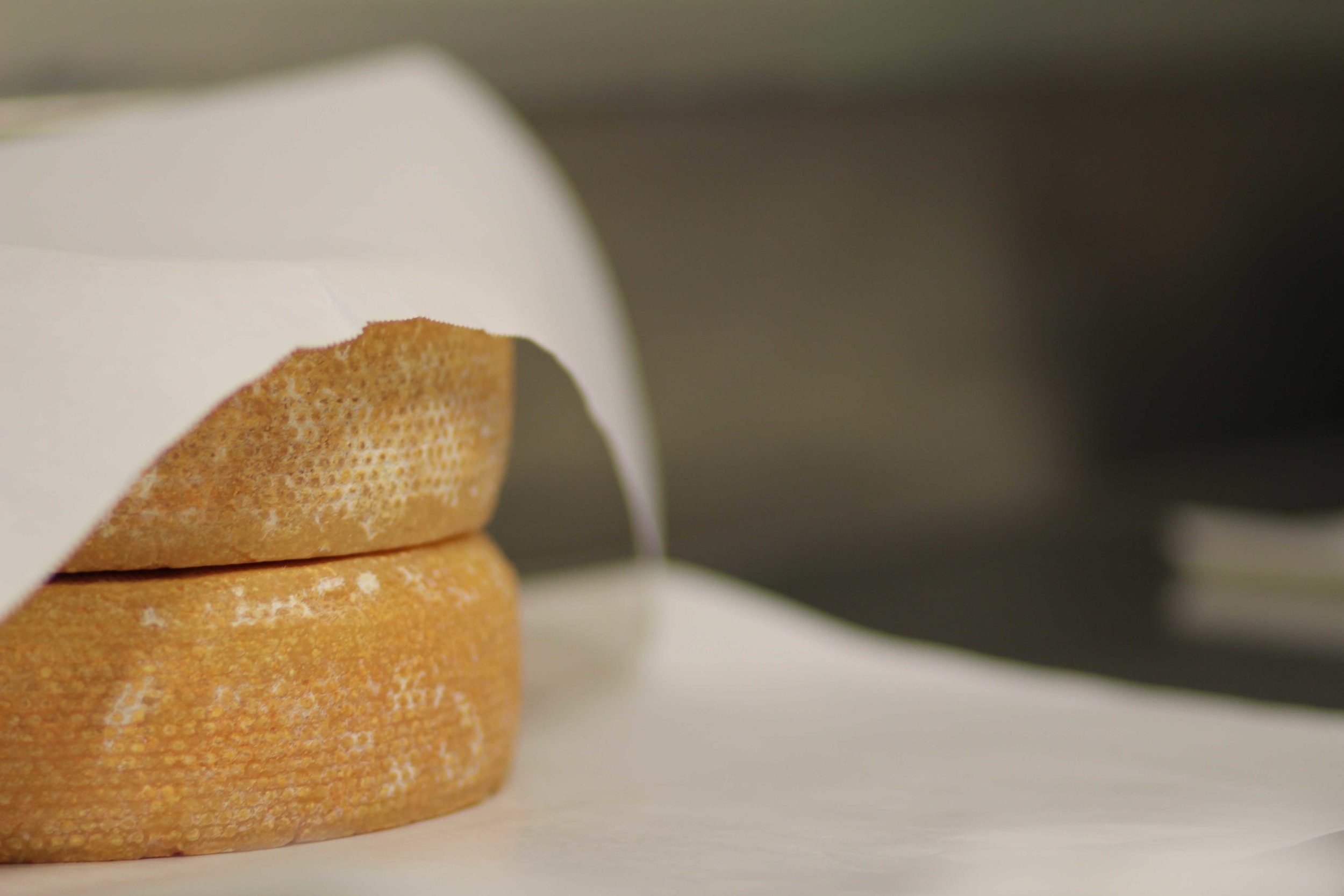
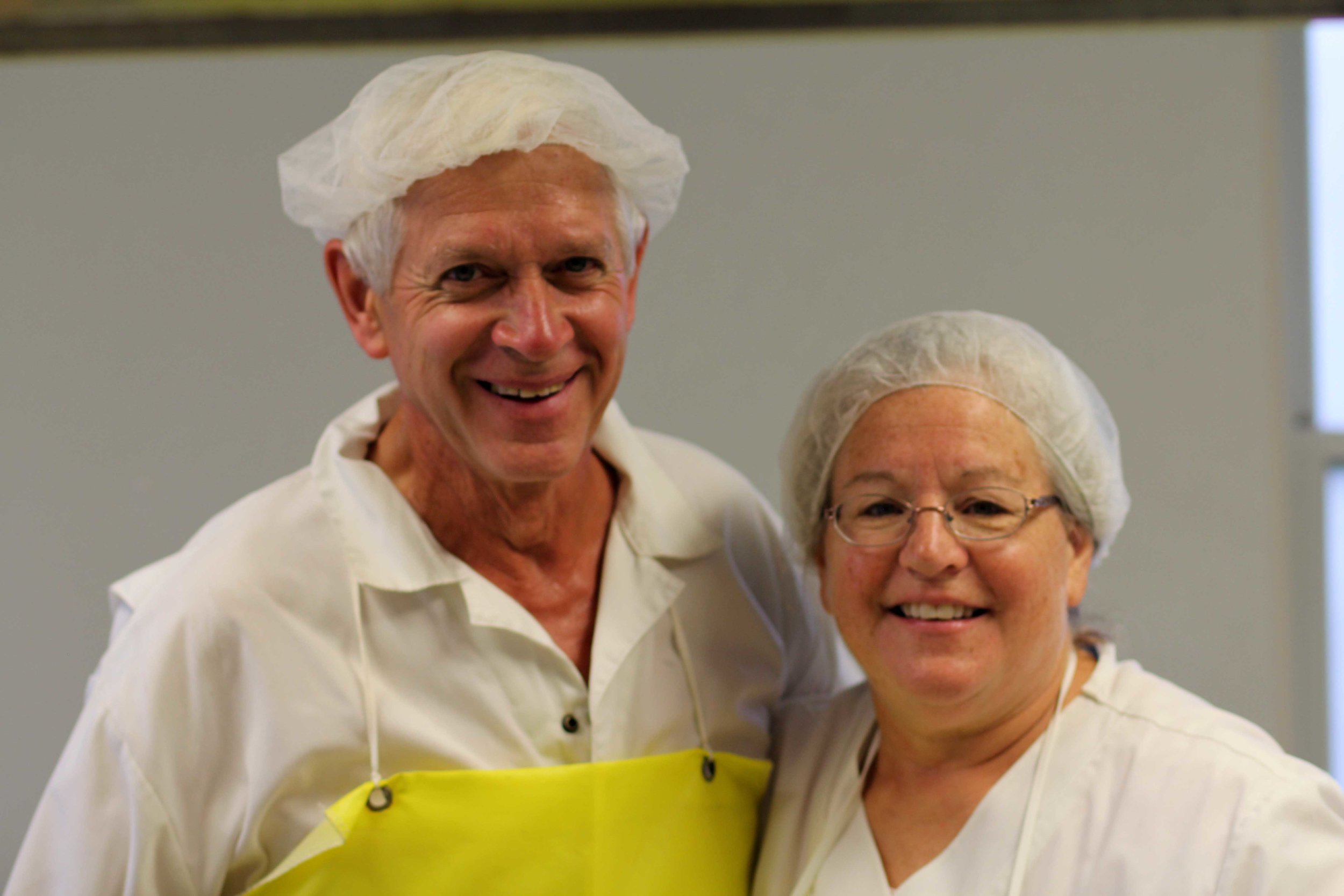
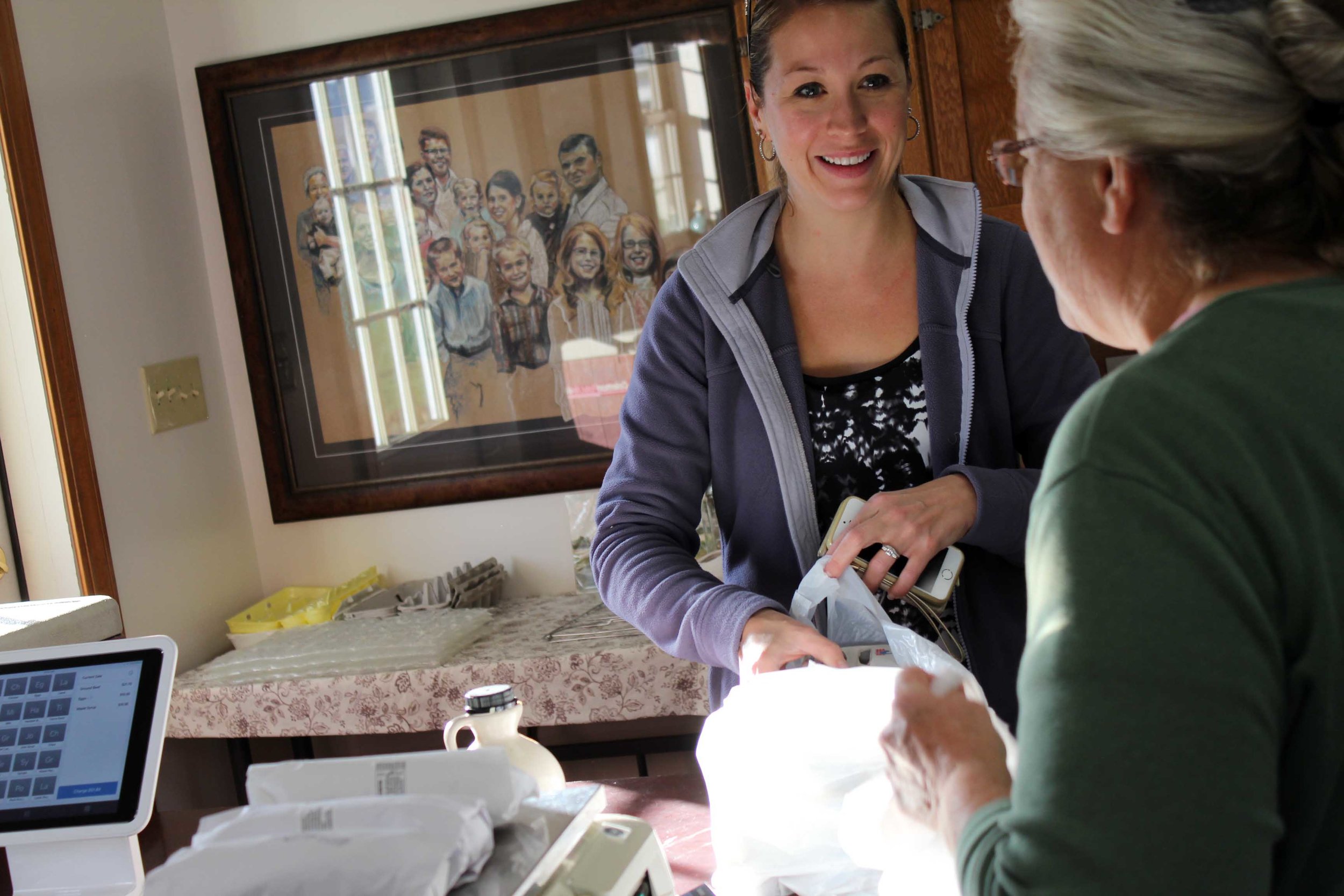
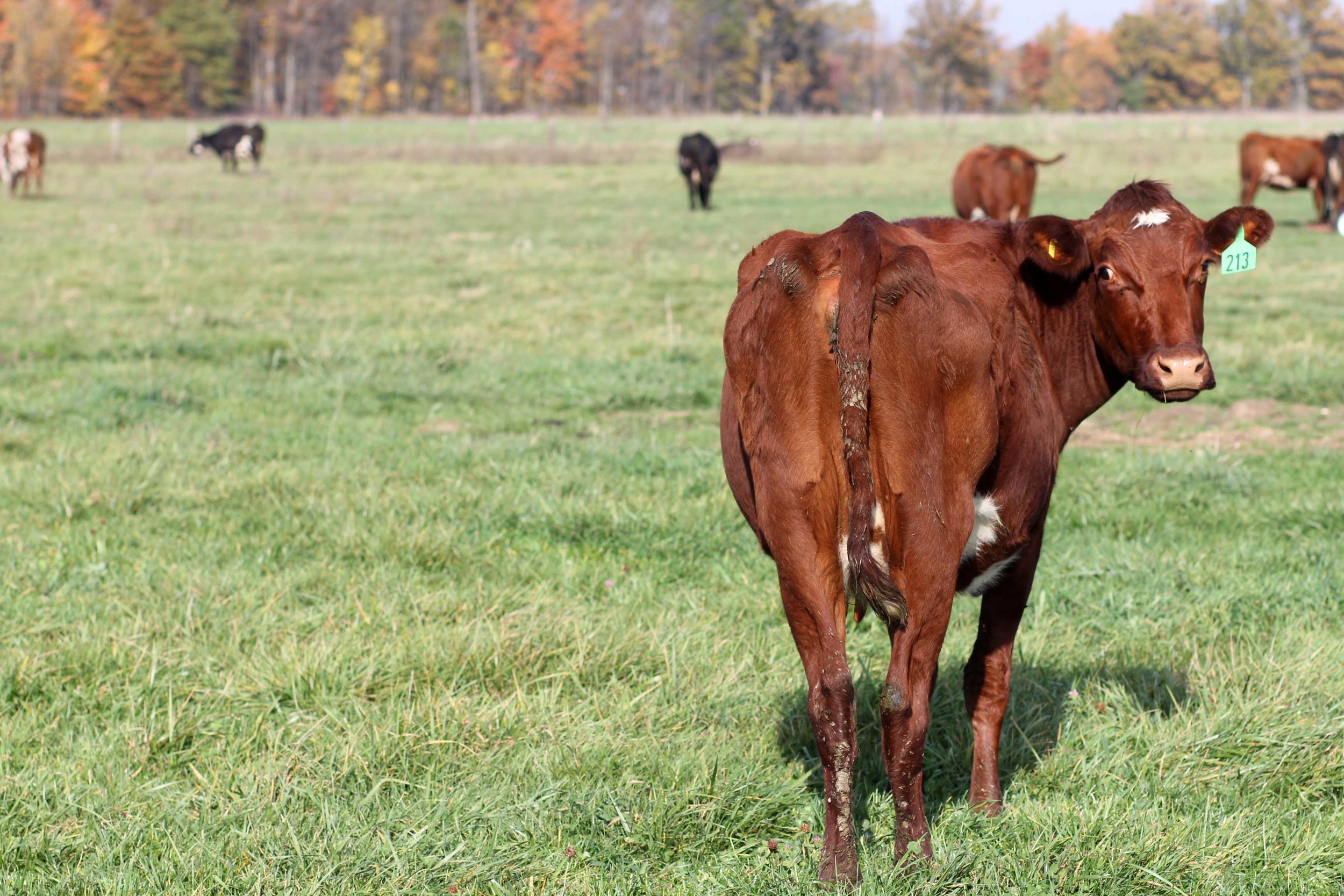

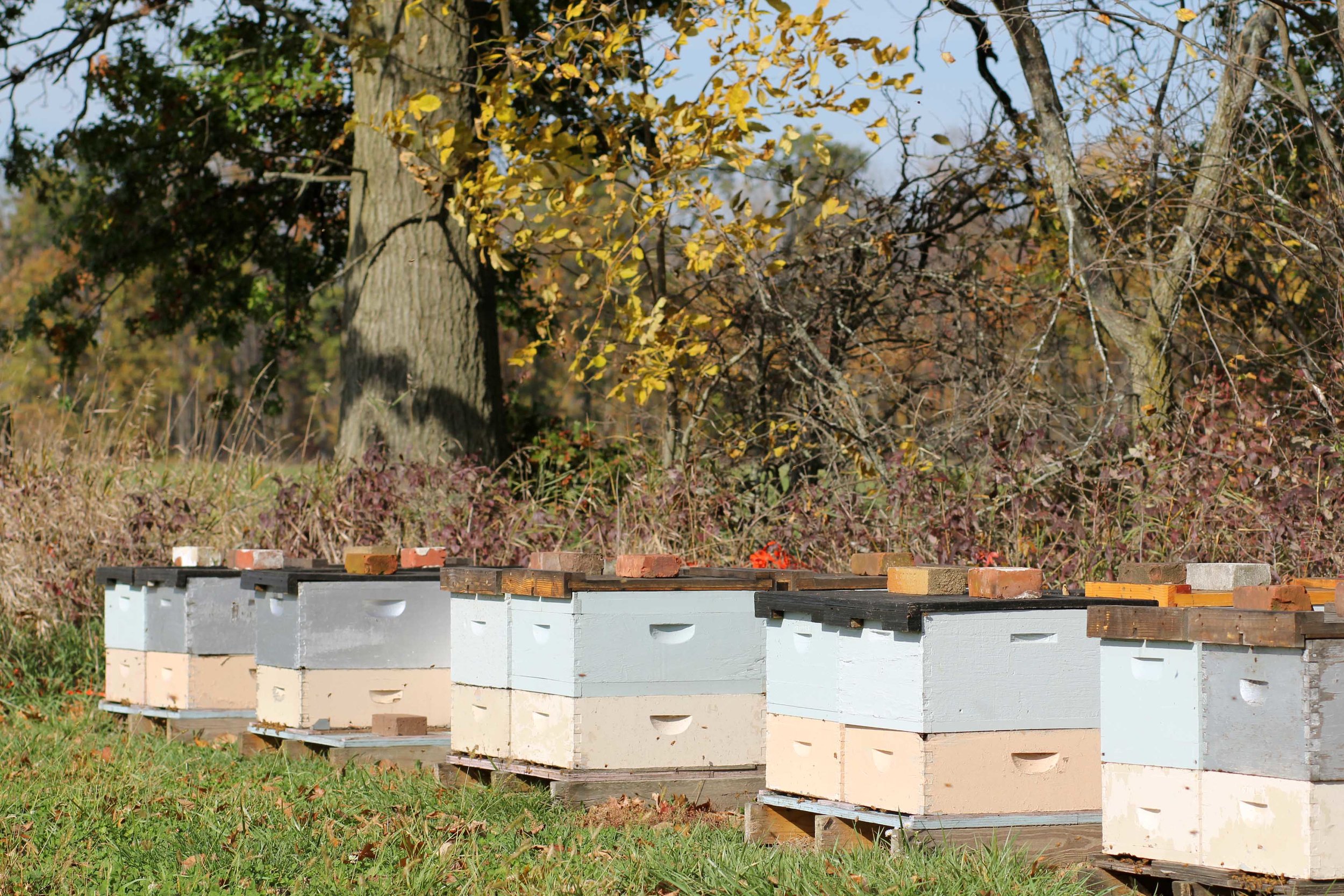
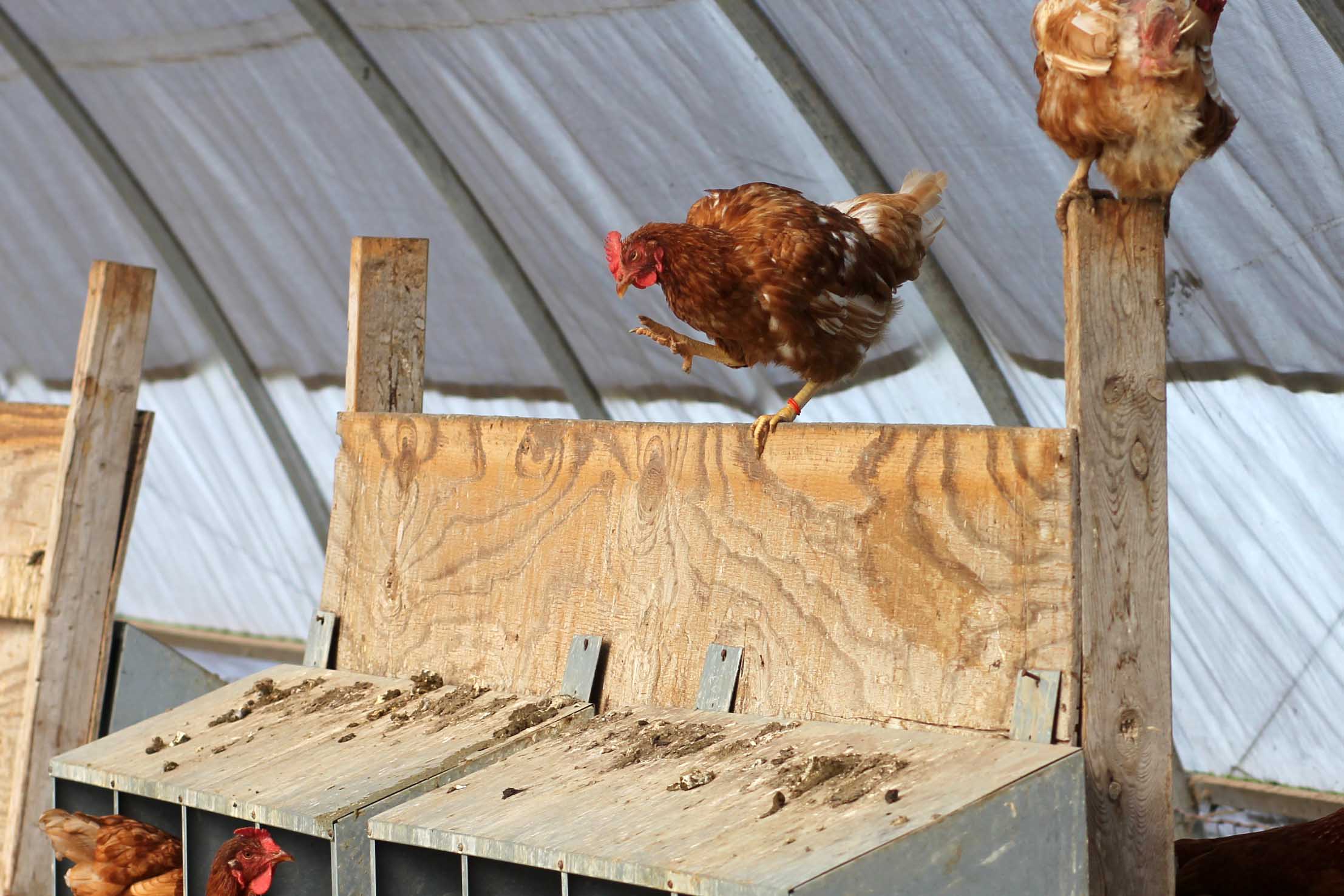

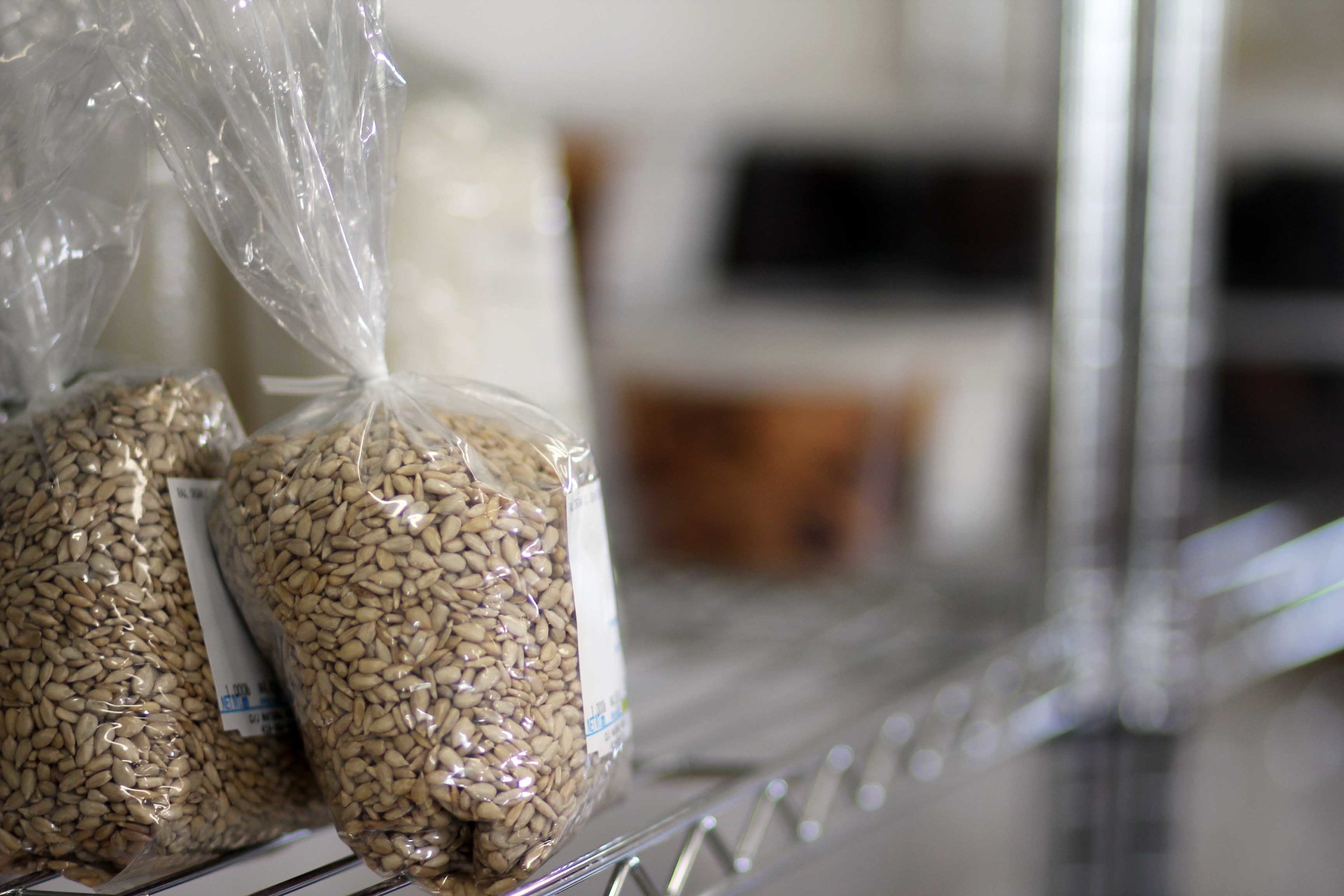
Interview questions
With Sheila
Where does the majority of your business come from?
It's about 50% the store (at the farm) and 50% Toledo deliveries. The average store customer comes from an hour away.
One customer comes from an hour and a half away and they have a great story. They used to take their asthmatic child to the E.R. every week until they started buying product from us. Their health turned around completely and now they don't even meet their insurance deductible.
*One Toledo restaurant is Fowl & Fodder. You'll have to go to their restaurant the next time you're near Central Avenue. They have fantastic food and a great mission!
“One customer used to take their asthmatic child to the E.R. every week until they started buying from us. Their health turned around completely and now they don’t even meet their insurance deductible. ”
Can you tell me the top FAQ's people ask you?
1. Is the beef grass finished or grain finished?
2. Are you organic?
3. Do you use GMO feeds?
4. Do you use antibiotics or hormones?
Why is grass & grain finished asked?
Most commercial feed lot beef is grass fed at some point in their life. A few months before slaughter they are generally put on feed lots and fed high amounts of grain. The purpose of this is to fatten the animals up and produce marbling in the beef. Some grazing farmers believe that the beef needs grain during the final stretch to get that desired marbling. It's a bit misleading to advertise beef as grass fed, but not tell the rest of the story...that the beef has been grain finished. It goes back to genetics and quality of feed. The beef genetics have been changed enough to where they need the extra high energy from grains to finish well. What we have found is that the older genetics still finish well and marble well on an all grass diet. It also depends on the quality of feed. Much like milk-producing cows need high quality, high protein, high energy feed, beef animals that are finishing out need high quality feed as well.
When people buy from C/J's, what is the standard they can expect from your products?
1. Grass fed and finished for beef, lamb, and dairy
2. Poultry and pigs are grass fed/ whey fed/ free range/ non GMO feeds. We use a very low percentage of soy in the rations, and the beans are whole roasted, instead of chemically processed soy
3. All products have no antibiotics or hormones
4. Humane handling and processing of all products
5. All animals have the benefits of being outside in a more natural environment
With Renae
We all know why your chicken is superior to, say, Tyson chicken (no antibiotics, no hormones, they roam and consume more fresh nutrition). So, I want to know why your eggs are superior to, say, Joe down the road that has chickens running around out back. Why would your eggs be better than his yard-side free range chicken eggs?
We have intentional feeding. We give our laying hens kelp, Diatomaceous Earth, diversified feed, vitamin mineral mixture (14% total; roasted soybean ground up. Roasted soybean is not processed at all; it still has the fat.) Commercial eggs have vitamin & mineral mixture and then are pretty much fed corn and soy. They also do not see daylight much or roam free to graze on fresh vegetation and bugs.
I like to describe their product as "good-stuff-added-in"; See, there's the big farms that have bad stuff added in (hormones, antibiotics, etc.), then there's your next door neighbor that has eggs, but doesn't feed them intentionally. They don't have bad stuff in them, but they don't have good stuff added in either. C/J's eggs, with their intentional feed, not only has eggs without the bad stuff, but also with the good stuff added in.
“ I remember mom and dad going through the phone book and sending letters about the first pastured broilers we raised to random addresses...that was our very first form of marketing!”
What did you learn growing up on the farm?
Mom went back to work as a nurse part-time the summer I started Kindergarten. I remember tagging along with Dad some of the days she was working. We raised our first pastured chickens when I was six. We started grazing the dairy cows when I was eight or nine. So really most of my childhood memories are of the farming that we are doing now. I remember old machinery and equipment leaving the farm. I remember the old Harvestore silos (big blue tubes where they stored corn silage for the cows) being taken down. I remember dad building chicken shelters. I remember mom and dad going through the phone book and sending letters about the first pastured broilers we raised to random addresses...that was our very first form of marketing! I was encouraged to work. I learned how to work and do specific tasks by shadowing others. I learned that things aren't handed to you, there has to be effort put forth to attain goals.
With Ralph
Do you think we are at an all time high in the food movement?
This is the most interest I've ever seen in 23 years of operation. I think this is not the peak of the trend, though. I'm hopeful about more finding out about us.
In 25 years, what do you hope C/J looks like?
Well, after 23 years, I finally feel like we are starting to get a good grip on it. So, I'd just like to see constant, steady growth each year.
What does the farm mean to you?
For one thing, it's where I grew up..so I feel I have some roots and attachment here. I don't feel like I just want to sell out to big Ag and get a town job. I want to see our way of farming succeed so that others know that it can be done.
What keeps you chugging every week at the farm, working countless hours?
I feel we are producing a product that is nutritionally superior to factory raised animals, and our feelings are reinforced by testimonies from our customers. It is not always easy as the days are long, and the work is tiring, but I feel like it is a calling much like a person would be called to a mission field.
“It is not always easy as the days are long, and the work is tiring, but I feel like it is a calling much like a person would be called to a mission field. ”
When it was lunchtime and I was visiting, they brought everyone in to eat together, including the employees. Grassfed filet mignon for lunch, anyone?
I have been shopping at C/J’s for about five years and I feel so good knowing that the meat we use is local and high quality. I feel confident the soup bones I use are nourishing for my son when I make him broth. I feel satisfied with the egg sandwich I made for lunch because it wasn't just any old egg. It was a "good- stuff- added- in" egg.
Along with the small handful of local companies in the slow food movement, they inspire me because they are the ones that take risks, knowing people will eventually see the value. They are the ones that work tirelessly, all for a wholesome product. Yes, it makes them a living, but it is the deep conviction about nourishing food that motivates them to put on their work boots each morning. I am so thankful for dedicated people taking it upon themselves to make nutrient-dense foods accessible to our little corner of Ohio.
- Beetroot Brooke
Thank you for reading! If C/J's has impacted your health for the better, tell your story below in the comments. I'd love to hear it and they would too!
Learn more and connect with them:
http://www.canaljunctioncheese.com/
Resources
Nourishing Traditions book by Sally Fallon
Polyface Farm's principles align with C/J's
Nutritional and Physical Degeneration book by Weston A. Price
